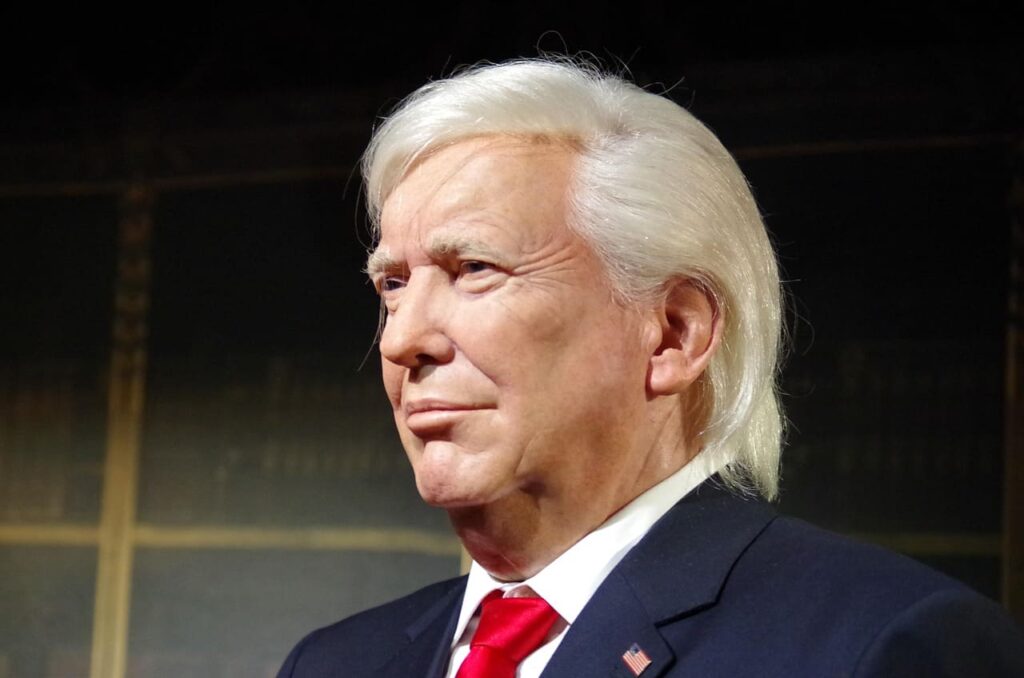In a move that has triggered fresh trade tensions across North America, US President Donald Trump has vowed to impose a 35% tariff on all products coming from Canada, condemning Canada’s inability to stop the flow of fentanyl exports to the United States and retaliatory tariffs on American goods. The action, which takes effect on August 1, has sent market shockwaves and is a source of anxiety for policymakers and business leaders on both sides of the border.
The announcement came in a starkly worded letter posted on Trump’s social media platform, Truth Social, aimed at Canadian Prime Minister Mark Carney. Trump accused the Canadian government of being “asleep at the wheel” to fight fentanyl trafficking and signaled his administration would no longer tolerate “economic sabotage masquerading as friendship.”
A Return to Trump-Era Trade Policy
The new move appears to be a continuation of Trump’s confrontational “America First” trade agenda in his first term as president, when the U.S. imposed duties on steel, aluminum, and a wide variety of products from longtime friends like Canada, Mexico, and the European Union.
“Don’t look at it from an economic perspective it’s about the survival of the nation,” Trump had said. “Canada has been unwilling or unable to stop the illegal fentanyl from flooding into our nation. We have no choice but to take action with strength.”
The irony, according to critics, is that less than 1% of fentanyl seizures by U.S. officials along the border have occurred along the northern border, according to a recent Department of Homeland Security report. By far, most of the drug pours in across the U.S.-Mexico border, hidden among legal shipments.
However, Trump widened the scope of his threats by sending letters to more than 20 other nations with similar warnings of possible tariffs of between 15% and 35%. He indicated that if these countries do not “play fair,” in the future the U.S. would look at blanket tariffs as high as 60%.
Economic Shockwaves and Business Uncertainty
Global markets reacted quickly. U.S. stock futures dropped near 1% in early trading, and the Canadian dollar dropped versus the U.S. currency. Shares of companies that relied heavily on cross-border trade like automobile manufacturers, farm exporters, and raw material providers dropped.
Canadian officials were tactful in their response but stated they disagreed. Prime Minister Mark Carney, a seasoned Bank of Canada and Bank of England governor, stated that Canada still holds the view that the conflict should be resolved diplomatically.

“We don’t believe tariffs will solve the fentanyl problem,” Carney announced at an Ottawa news conference. “Canada has been a good friend in fighting drug smuggling, and we are a leading participant in solutions. Punishing law-abiding citizens and companies on either side of the border will only succeed in exacerbating divisions.”
Impact on USMCA and North American Trade
The new tariff has cast serious doubts about the future of the United States-Mexico-Canada Agreement (USMCA), the three-nation trade agreement that succeeded NAFTA in 2020. Most of the goods are supposed to cross borders tariff-free under USMCA. Trump’s suggested 35% tariff plan may either violate the agreement or lead to the renegotiation process, say analysts.
“If it comes into force, it’s a straight-up challenge to the USMCA structure,” said trade lawyer Maria Thompson of Dentons Global Advisors. “Canada will have a basis to retaliate through the dispute settlement mechanism, and it can spin out of control into another trade war.”
A few Canadian business individuals have already begun warning about the risks. The Canadian Chamber of Commerce said that the tariff would cost Canadian exporters billions of dollars annually, especially in the lumber, dairy, and automobile parts sectors.
In the U.S., several trade associations also grew concerned that the tariffs could blow back. The National Retail Federation issued a statement observing that “the cost of living for consumer products will go up substantially if tariffs are put into effect, especially before the holiday shopping season.
Political analysts say the move is deliberate, designed to boost Trump’s campaign credentials ahead of the 2026 midterm elections and a possible second White House run. Trump is doubling down on two central pillars of his populist platform by going tough on trade and fentanyl: protecting American workers and confronting the opioid crisis.
“Trump is using the threat of tariffs as a megaphone to campaign on national security and drug interdiction,” said political commentator Julian Roth. “But it can alienate key trade partners and upset North American supply chains.”
Meanwhile, the Biden administration has been largely silent on the issue, with the White House only saying that it “will continue to watch developments closely and remain committed to having robust economic relations with Canada.”
What’s Next?
As the Aug. 1 deadline nears, all eyes are on whether or not Canada will attempt to de-escalate the situation by increasing fentanyl interdiction or seek recourse in the USMCA process. Trump has hinted at an exemption for Canadian companies that manufacture in the United States, but opponents of the action point out that exemptions do nothing to address the greater economic and diplomatic blowback.
If it does take effect, the 35% tariff would be one of the largest North American trade policy shifts in decades. And with Trump holding out the threat of similar action against European and Asian allies, the world economic order could again be turned on its head.
Read Recent News
Kyiv Ablaze After Mass Overnight Drone and Missile Strike by Russian Forces
Elon Musk Set to Launch Grok 4 AI Chatbot on July 9, Promising a New Era in Conversational AI
Federal Agents Clash with Protesters During Raid on Camarillo-Area Cannabis Garden
